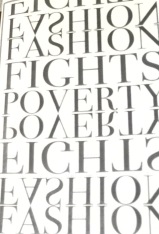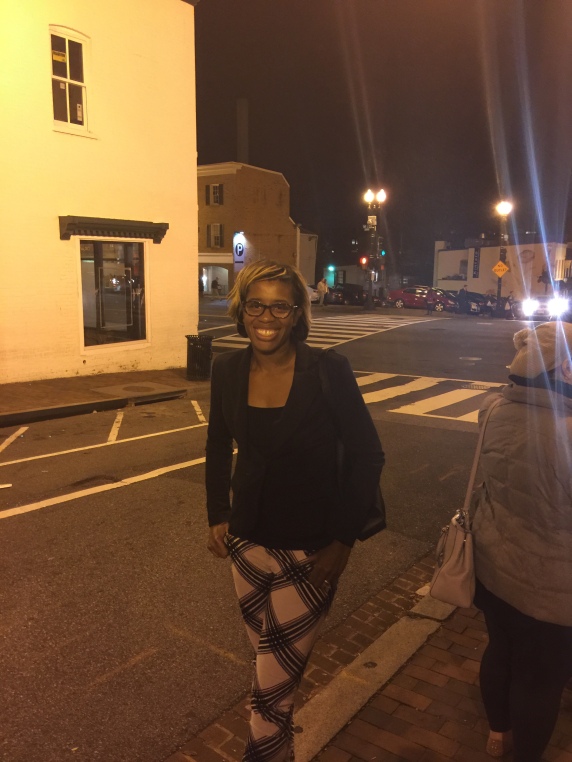So, I accidentally discovered fast fashion. As a mother of 3 and self-proclaimed fashionista, I loved the fact that I could be fashionable without the guilt of spending too much money on myself. But, until American Fashion Podcast, I had no idea how something so cheap could be so costly. Overseas in certain factories there are underpaid,  and mistreated workers. With my crazy personality, and disbelief that I was so completely clueless, I began to ask questions at various fashion shows/pop-up shops/boutiques, like…Is this material sustainable? Where were the pieces made?
and mistreated workers. With my crazy personality, and disbelief that I was so completely clueless, I began to ask questions at various fashion shows/pop-up shops/boutiques, like…Is this material sustainable? Where were the pieces made?
Then it happened. In Target. I mean, I love Target, where else can you find a 5lb weight, milk, toy for a kid’s birthday party, and the green shirt your kid needs in 30 minutes for the holiday concert?!? So, I ran in, grabbed the green shirt for $5.99 and then began asking myself…Why is this so cheap? Where was this made?  Was anyone hurt or treated unfairly to make this shirt? Paralyzed by the inability to answer my own questions, I realized I need more information.
Was anyone hurt or treated unfairly to make this shirt? Paralyzed by the inability to answer my own questions, I realized I need more information.
On Eventbrite, I saw a FASHION FIGHTS POVERTY Dress Responsibly Eco-ethical forum in Washington, DC. It was an intimate setting at Thos. Moser Furniture Store (which was beautiful by the way). The panel provided a fantastic education on sustainability, eco-fashion, and most importantly social responsibility.
The passionate Panelists included a great representation of all things fashion:
- Nicholas D’Aurizio founder of Nico Lena. During a recent trip to Haiti, he recognized

Moderator: Yvette Castro he could bring jobs to certain aspects of the country to make his handbags. He mentioned how he wished he could place a “nutritional facts” version on a tag in his clothing, to help make consumers like me less confused. (I.e. Made in this Factory, in this country, with these materials, etc.)
- Melanie Kapinos, manager Of Volunteer Programs at Ten Thousand Villages in Alexandria, VA. They provide sustainable economic opportunities in developing countries by creating a viable marketplace for their products in North America.
- Heidi Rauch, Designer, her company, Belabumbum, continues to work cooperatively with socially conscious manufacturers in Central and South America to ensure excellent working conditions and job security.
- Soledad Requejo, Operations Officer of Better Work. My initial response to horrible factories is to shut them down. However, what I learned from her is that millions of workers across the developing world rely on the garment industry for employment. So, if the factory closes down, it may affect the economy of an entire
 town or village. So, this company holds the factory owners accountable, and teaches compliance. They also make the workers aware of their rights and help set up structures to build worker-management relations.
town or village. So, this company holds the factory owners accountable, and teaches compliance. They also make the workers aware of their rights and help set up structures to build worker-management relations.
What I learned from the Questions asked by the audience:
- Has consumer awareness improved Corporate social responsibility ? First I had no idea what CSR was? It’s also called corporate conscience, corporate citizenship or responsible business, a form of corporate self-regulation integrated into a business model. Second, the informed consumer is helping with awareness.
- Is the message getting through to larger companies? Sort of. Buyers push for the price, so wholesalers have to cut their price…Good because consumers can directly buy from a company they know is safe. However, Amazon is driving prices down so its hard for consumers to ignore the cheaper price.
I’m typically a very black or white person, which makes it hard to understand something so gray. But from what I learned, the key is moderation. Though, I’m not sure if that makes it okay that I wore Zara shoes/handbag and 7 for all mankind pants to the event 😐
In regards to social justice, I always wanted to help people and I really thought medicine was the only way but there are others. I definitely plan on being a lot more involved supporting eco-fashion in 2016.
Naomi
Check out my previous post on American Fashion Podcast (learn more about American fashion and manufacturing!!!)
***Information on the panelists was obtained by their websites, links are within the post!***

Naomi,
Thank you for this absolutely phenomenal post! I literally had no idea, although I did know there were clothing sweatshops here and around the world. To be this conscious of what goes into fashion regarding others is to know and be unable to return to the thinking of before! So thank you!
You look lovely and I love your outfit! The mother of three! Super! I am the mother of a twenty-nine year-old son and two grand babies, eight and five!
Enjoy your day!
Claudia
LikeLiked by 1 person
Cool post! I’m also interested in Eco-fashion. Check out the Human Made brand – promoted by Pharrell Williams and Billionaire Boys Club. Pharrell is a loud advocate for lines that are eco friendly and he is sure to support them through his very own fashion line!
LikeLike
Awesome read and some great info! Thanks for sharing!
LikeLike